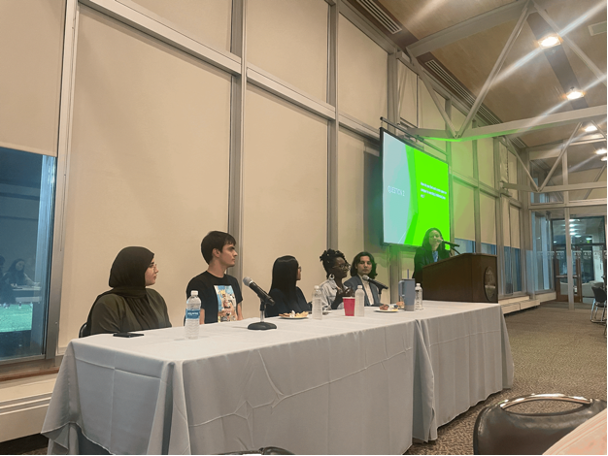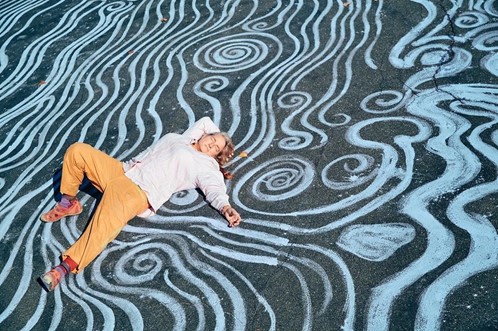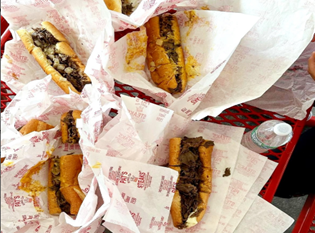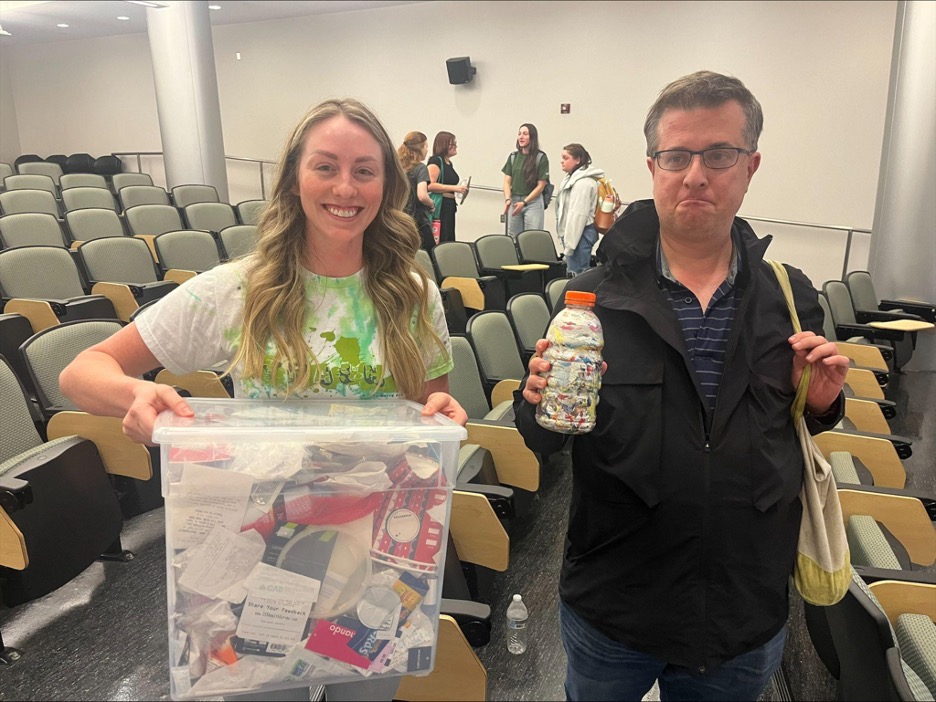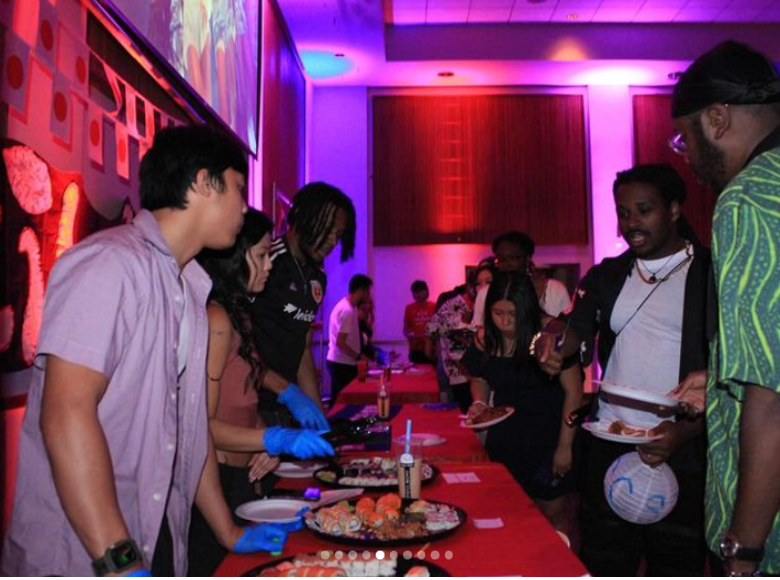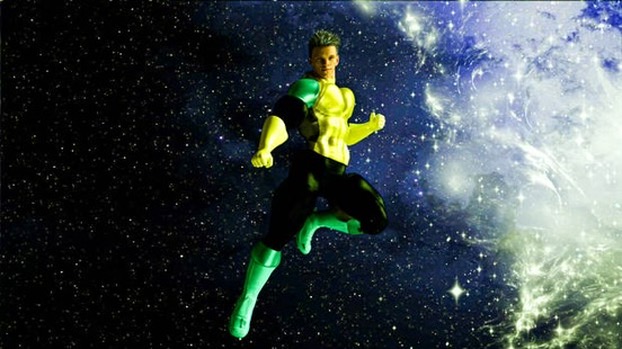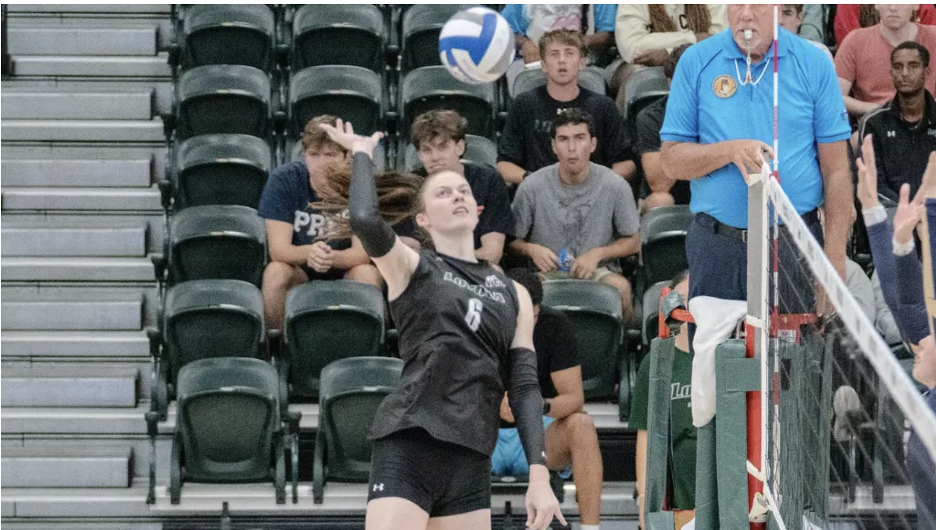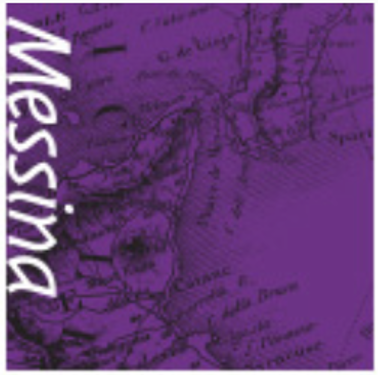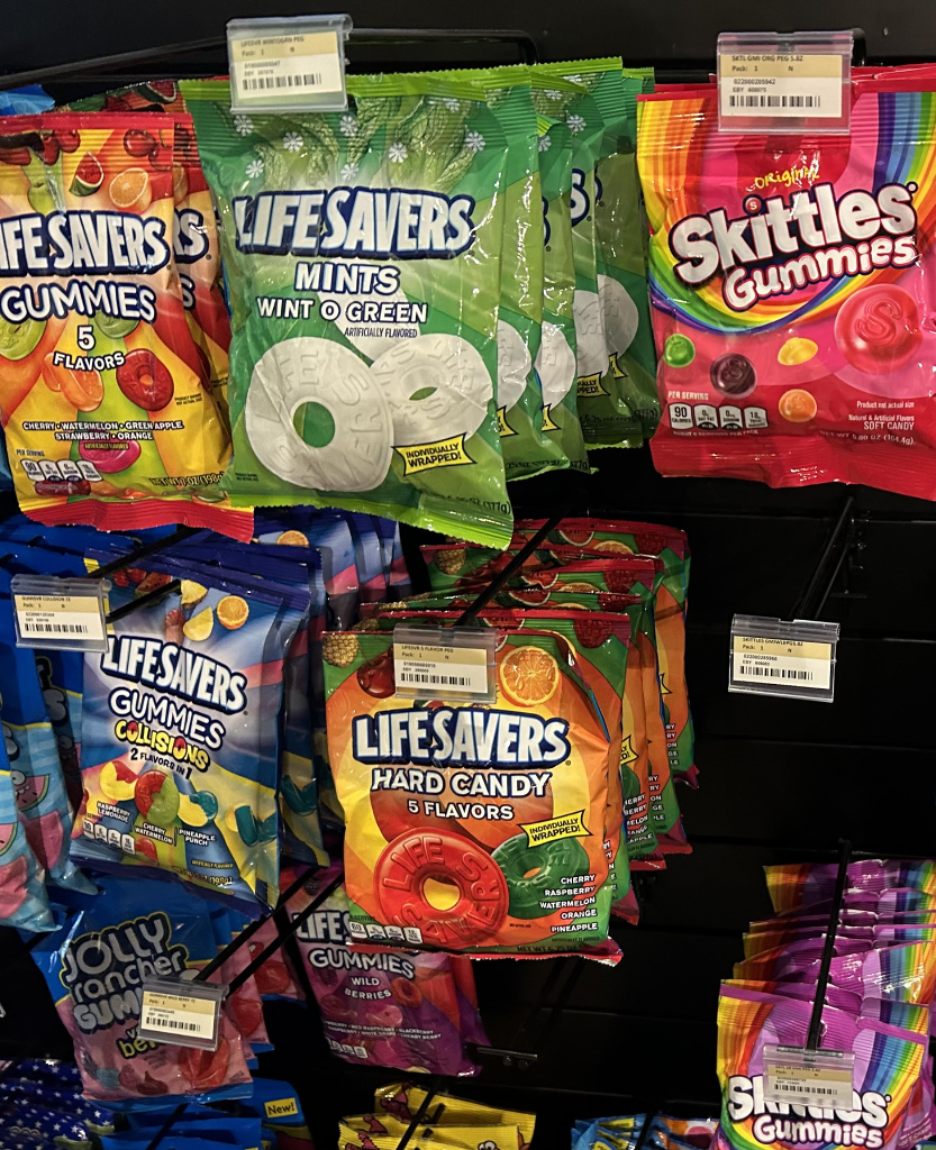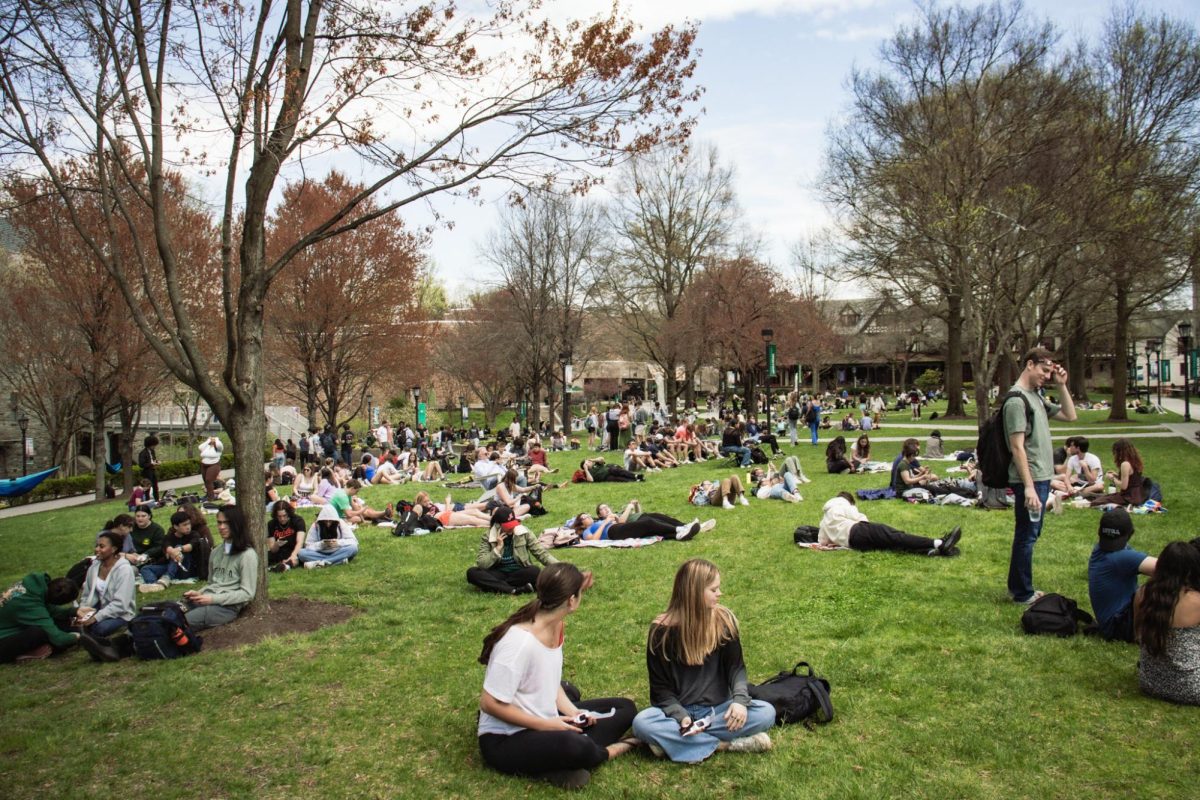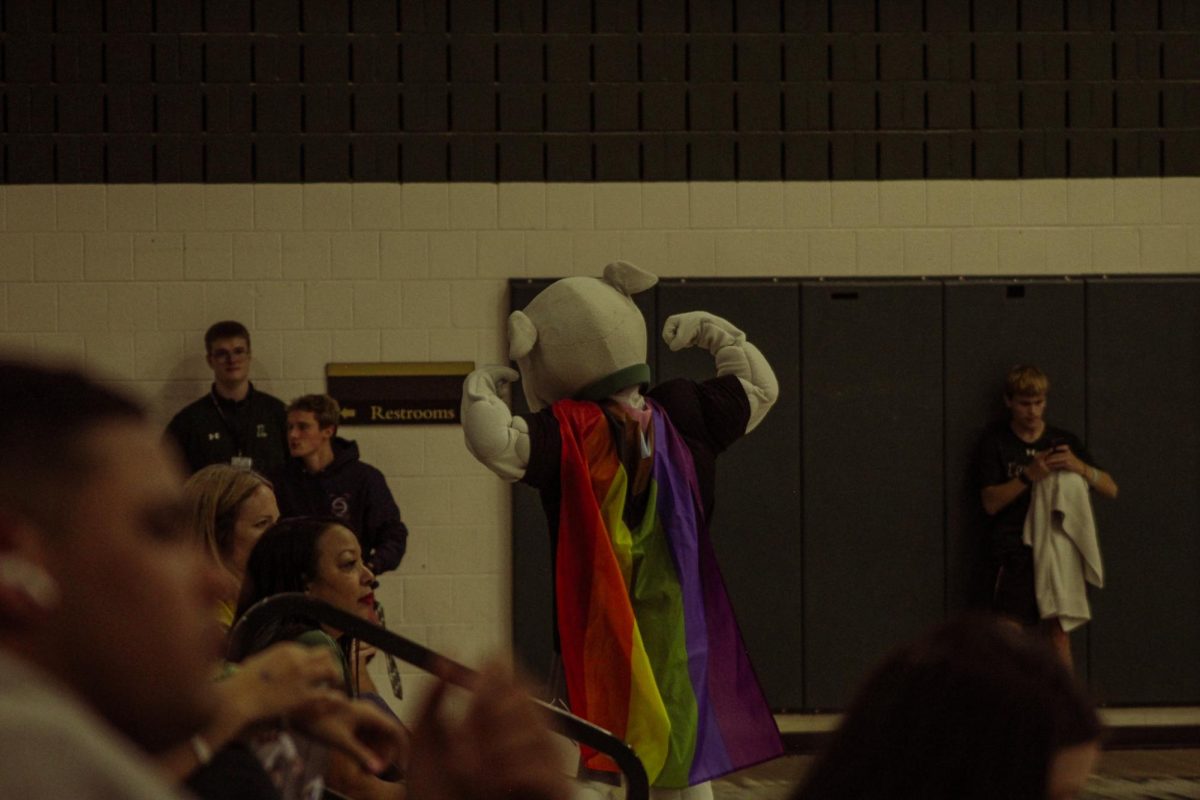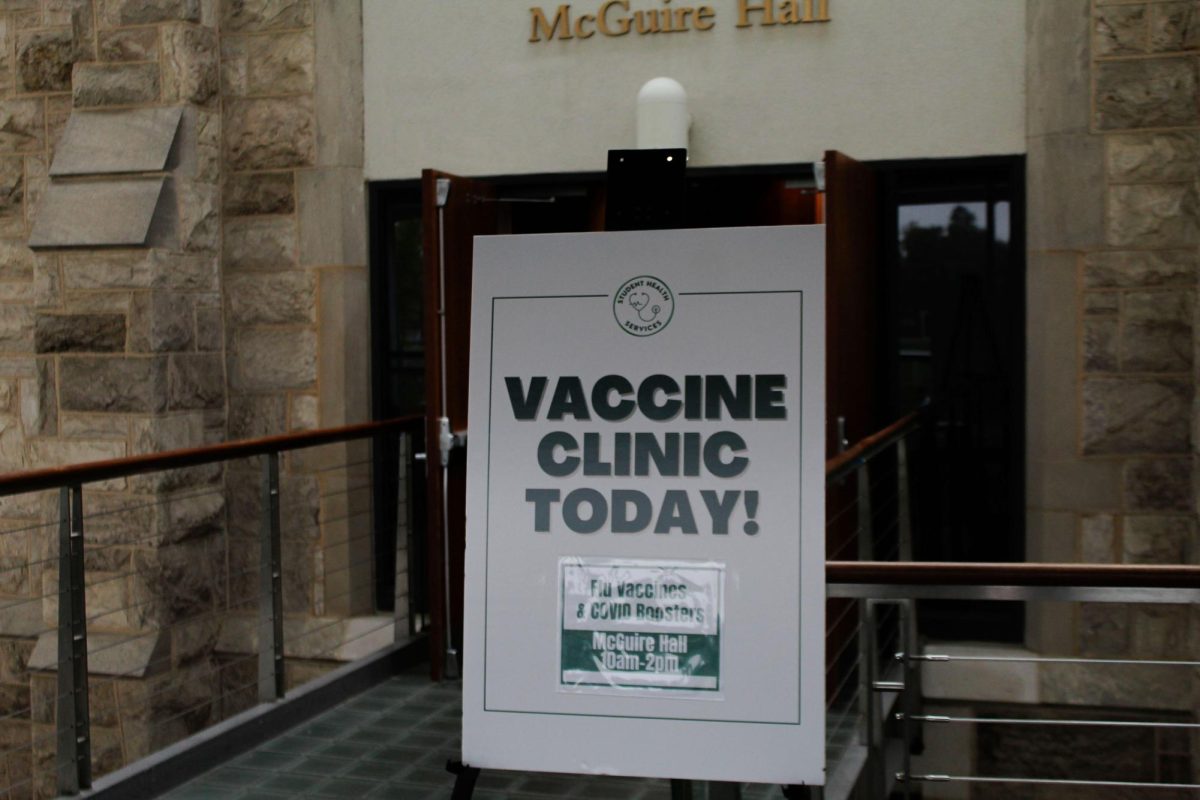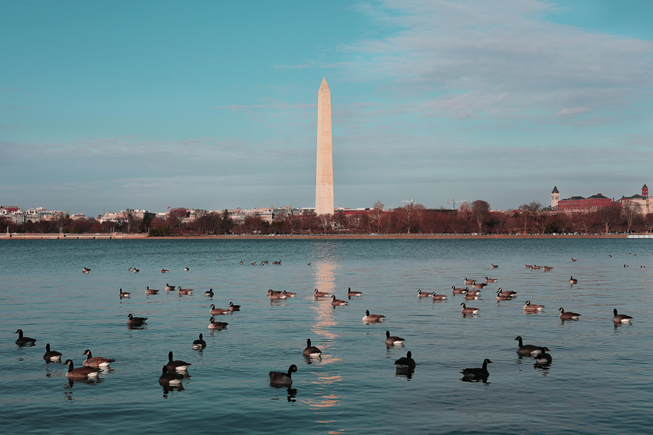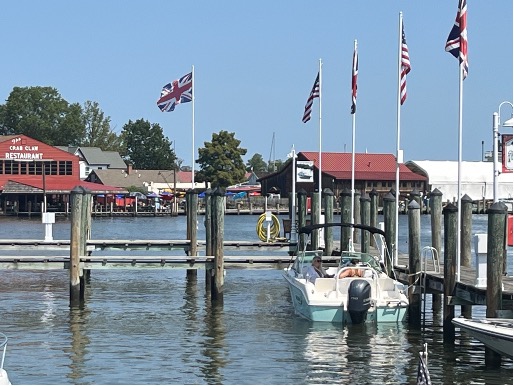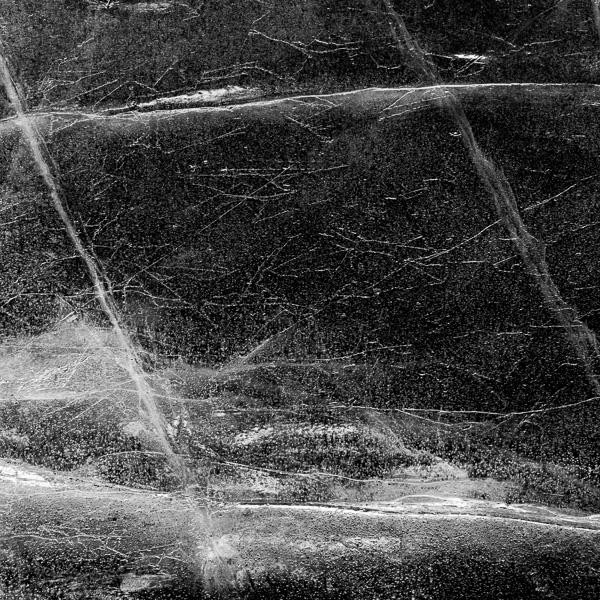Last year around this time, I was innocently walking to my dorm in Bellarmine Hall with a small group when I watched my friend slip on the sidewalk and smash into the ground. She stood up, regained her composure and then promptly slipped again. Before I realized what was happening, I slipped too and joined her on the cold, wet concrete.
The black ice by Gardens caused me to shatter two of my front teeth, and landed me in an emergency dental appointment the very next day. My friend was fine, thankfully, but others were not so lucky when they came up against the menace of black ice.
This year, things seem to have only gotten worse. This winter’s insane weather has hit Baltimore hard, and our city is notorious for not handling snow and ice well. The roads of Charm City have accumulated more and more potholes, orange rubber cones and invisible sheets of ice.
The same thing can be said of Loyola: the paths of the Evergreen campus have become increasingly covered with slick, black ice and insurmountable hills of snow. It’s beginning to look like the frozen ninth circle of Dante’s Hell, really, and I wonder what we did to deserve this.
Take for example Kaitlin O’Rourke, class of ‘14, who was walking from her room in McAuley Hall to the quad when she slipped and fell in the courtyard last Wednesday. The area by McAuley has been particularly bad this season, with the covered entrance facing Notre Dame Lane recently encased in several inches of ice.
“That morning it was raining ice, and I was unable to see the patches of black ice around the courtyard,” O’Rourke explained. “When I fell, I landed on my right elbow.” The senior went to the emergency room, only to find out that she had fractured her elbow in the fall.
“This is not the first time I’ve fallen on the east side of campus due to the ice from last week’s snowstorm,” she said. “I’ve also heard from other students that many have fallen on this ice.” When O’Rourke was at the hospital, a doctor told her he’d already seen hundreds of patients who came in with injuries because of the ice.
For students who have not fallen yet, anticipation and worry abound. Kate Maltese, ’14, is in a leg brace after dislocating her kneecap in an accident not related to the winter weather. The conditions on campus, however, present a problem for her. “For me, it was not the paths from my dorm to main campus that bothered me, but mainly around Boulder and the quad,” she said. “I was concerned that with my leg brace I’d slip on the ramps meant to help me… They were very icy and there was minimal salt used on them. Even the few steps I had to take, I did not feel safe.”
When our campus makes us feel at all unsafe, that’s a problem. Supposedly, the U.S. is experiencing a shortage of road salt, hence the campus’ transformation into an ice skating rink. Even before the big storm hit the week of Valentine’s Day, the Baltimore Sun said Baltimore stores were reporting dwindling supplies of rock salt. However, Kiki Williams, Loyola’s director of facilities management, confirmed that the school has “an adequate supply of salt and de-icing product.” She did admit that the staff thinks this is an unusually cold and snowy winter. “I believe that refreeze and black ice pose extra challenges to the removal effort,” she added.
Therefore, we need to continue to be careful and vigilant. Though these last few days have felt mild and less threatening, our friend Punxsutawney Phil predicted a few more weeks of winter and there is more possible snow on the horizon. While we rely on our school to keep us safe, we also need to be aware of our surroundings and remain responsible at all times. Tom Hettleman, director of environmental health and safety, encourages students to exercise caution and plan ahead to allow extra time to walk to your destination. “Please report unsafe conditions regarding snow and ice to facilities management at extension 2200,” he urged.
We cannot guarantee that students won’t get hurt, of course. As O’Rourke said, “It is a dangerous situation… But I’m hoping the warmer weather will melt the ice before anyone else gets injured.”







